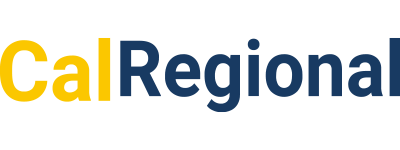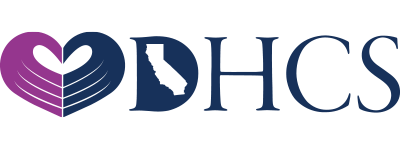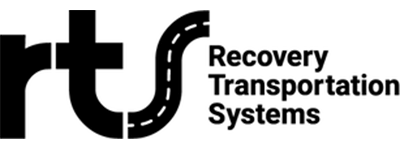Once you complete residential treatment at Pura Vida, you will move onto our partial hospitalization program (PHP) and intensive outpatient program (IOP). Clients often ask what the difference is. These two types of care are done on an outpatient basis, meaning that you return home or to a sober living house after therapy.
While PHPs and IOPs share many similarities, they are also very different. Both hold an important part in the treatment process, and understanding the differences will help you get the most out of treatment. Let’s learn more about partial hospitalization and intensive outpatient programs and what they have to offer.
What is Partial Hospitalization?
A partial hospitalization program, or PHP, is a more intensive form of treatment where individuals spend the bulk of their day in therapy. It’s a step down from residential treatment, allowing individuals in recovery to receive a high level of care without having to live at the facility. This is especially helpful for individuals who want to return home at night.
At Pura Vida, our PHP includes therapy five days a week. Clients meet with a doctor within 24 hours and receive a personalized treatment plan that follows our holistic and evidence-based curriculum. As part of our program, clients spend time participating in:
- Cognitive behavioral therapy (CBT)
- Dialectical behavior therapy (DBT)
- Group counseling
- Family therapy
- Holistic therapy
- Relapse prevention
What is Intensive Outpatient?
An intensive outpatient program, or IOP, is a step down from partial hospitalization. It gives you a similar level of care to a PHP with the option to return home at night. Fewer hours are involved, allowing individuals to manage some of their responsibilities at home or work.
Even though you can live at home while participating in an IOP, you will still be in therapy most days of the week. PHP focuses more on learning the underlying reasons for your substance use and how to develop healthy coping skills, whereas IOP gives you the opportunity to practice these new skills in the real world.
What is the Difference Between PHP and IOP?
The main difference between PHP and IOP is the amount of time spent in the program. Most PHPs require 5 to 6 hours of therapy five days a week, while IOPs require 3 to 4 hours of therapy 3 to 5 days a week. For this reason, PHPs are typically considered full-time outpatient programs, while IOPs are considered part-time outpatient programs.
Due to the time commitment required, you will also get to spend more time in individual therapy in PHP. This gives you the chance to explore your reasons for using substances and heal from past trauma. With intensive outpatient programs, most of the therapy is delivered in a group setting. Both types of therapy are effective, but you will eventually need less individual therapy as you progress through the treatment process.
Another difference between PHP and IOP is that IOPs are more focused on reintegration, which refers to transitioning to everyday life. You will have more time outside of therapy, giving you the opportunity to apply the skills learned in treatment. As you take on new challenges and work on your recovery, you can discuss your progress and hurdles with other group members.
Which Program is Right for Me – a PHP or IOP?
While each individual is unique, we often recommend both PHP and IOP when recovering from a substance use disorder. Both types of treatment work together to help you understand yourself, learn new coping skills and apply these skills in a real world setting. And, since both programs are provided on an outpatient basis, you can either live at home or in a sober house.
If you only want to do one program, we recommend considering the following variables:
- Previous attempts at treatment. If you’ve tried to get sober before, you may need a more structured program, which you will get with PHP and sober housing.
- Insurance coverage. While most treatment centers accept insurance, it can run out quickly. If cost is a barrier, IOPs are typically more affordable.
- Home environment. Outpatient programs are most effective when you return to a safe and sober living environment. If you don’t have this at home, consider sober housing. Pura Vida has male, female and coed housing.
- Severity of substance use disorder. Severe addictions typically require higher levels of care, such as inpatient rehab and PHP. You’ll need to be stabilized and then you’ll need time in a structured setting to maintain sobriety.
- Co-occurring mental health conditions. Having a co-occurring mental disorder requires dual diagnosis treatment, which involves treating both disorders simultaneously. While both PHPs and IOPs provide mental health treatment, you will need to be stable before entering an IOP.
To learn more about the outpatient programs provided by Pura Vida, contact our admissions department today. Our trained professionals will conduct a full assessment to determine the best level of care for your needs.





